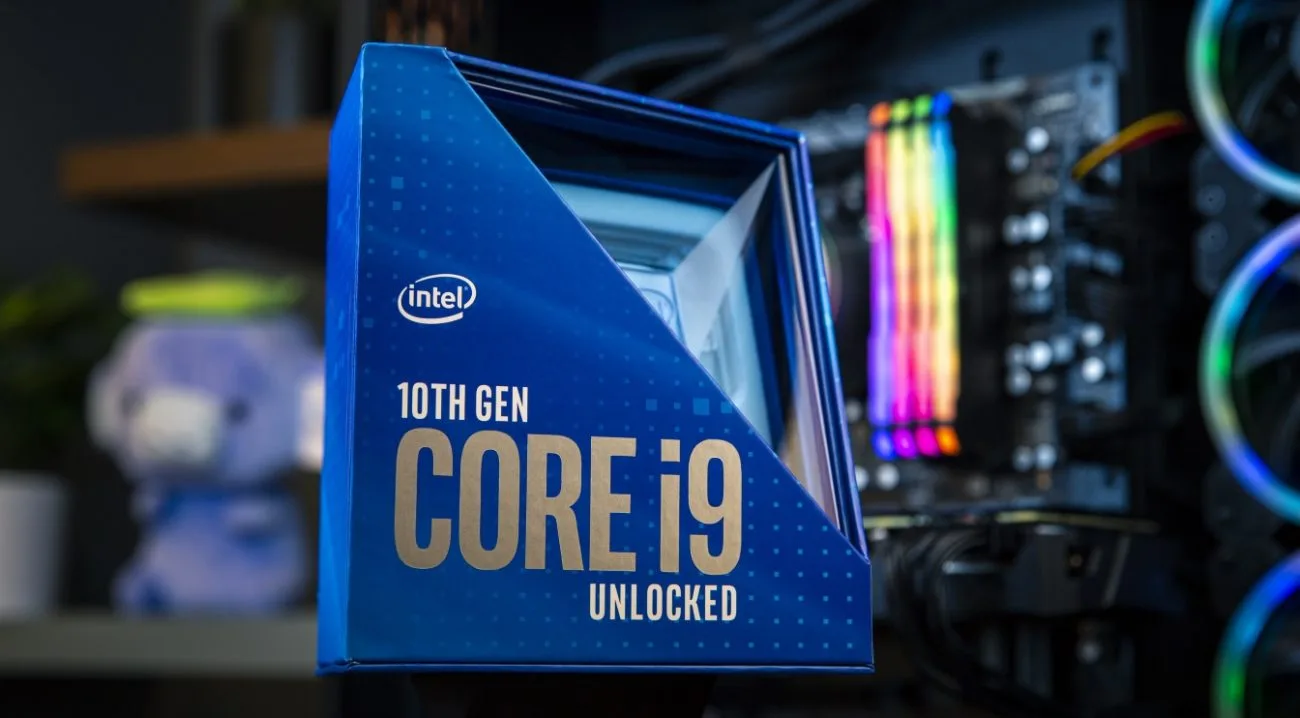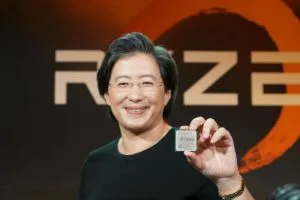[responsivevoice_button rate=”1″ pitch=”1.2″ volume=”0.8″ voice=”US English Female” buttontext=”Story in Audio”]
Intel Core i9-10850K: A Little Less Clock, but (Maybe) a Lot More Traction

Intel quietly launched the Core i9-10850K, a new CPU that’s almost a Core i9-10900K in every single particular save one — it’s 100MHz slower, and a little bit cheaper. What’s interesting about the Core i9-10850K is that it exists in the first place. Intel doesn’t typically insert a SKU directly between its highest and next-highest CPUs like this.
The Core i9-10900K is a 10C/20T CPU with 3.7GHz base frequency and up to a 5.3GHz clock if thermal circumstances permit. The CPU has a nominal TDP of 125W, though this only refers to its thermal dissipation over time — at peak, the CPU draws well over 200W before throttling itself backward. List price? $488.
The Core i9-10850K is a 10C/20C CPU with a 3.6GHz base frequency and up to a 5.2GHz clock if thermal circumstances permit. Same nominal TDP, same notes about the nominality of said TDP, and same expectations for short-term power draw. Normally, Intel leaves the gap between its best and second-best CPU a little larger — the Core i9-10900 is a nominal 65W TDP CPU and has a base clock of 2.8GHz, not 3.6GHz. List price? $453.

Intel’s launch SKUs. The Core i9-10850K fits between the 10900KF and the Core i9-10900.
Objectively, this is not a bad deal if you are already set on an Intel system. The Core i9-10850K ought to be a good chip — not quite as fast as the Core i9-10900K but not quite as expensive, either, with the same set of features that Intel enthusiasts would be buying for in any case. But the likely reason Intel brought the CPU out sort-of undercuts the reason K-class CPUs exist at all: Overclocking.
CPU manufacturers don’t build “4GHz” CPUs or “4.5GHz” CPUs. After wafers complete processing, the chips are tested and binned according to their speed and power characteristics. One CPU might hit 4GHz at 1.0v, while another CPU needs 1.05v to hit that target. Intel and AMD set specific bins that they expect their various chips to hit, and then subdivide categories accordingly. What both companies want, in theory, is for every CPU to qualify as a top-notch part. You’d rather be selling people better chips than they think they own than having to constantly work to ship people the best silicon you can barely manufacture.
Chip yield curves are not linear. It’s entirely possible for a company to be seeing almost the same yield at 4.5GHz that it saw at 4.0GHz, but for only a handful of CPUs be capable of 4.8GHz. This may be exactly what we’re seeing play out with the Core i9-10850K. That 5.2GHz boost clock — which Intel restricts pretty tightly — may just be an easier reach than the 5.3GHz clock that the Core i9-10900K ships with.
Intel appears to still be having trouble keeping the Core i9 family in stock. The Core i9-10900K is listed as Out of Stock on Newegg and the Core i9-10900 is selling for $587, despite a list price of $439. We noticed Intel was having trouble stocking the HEDT variants of the 10th Gen family earlier in July, and it looks as though those problems are still causing the company headaches. Hopefully relaxing its clock speeds will allow the chip giant to actually push the Core i9-10850K into retail at volume, thereby gaining some traction in-market for its new chips in the process.
*Headline with apologies to Toby Keith
Now Read:




























